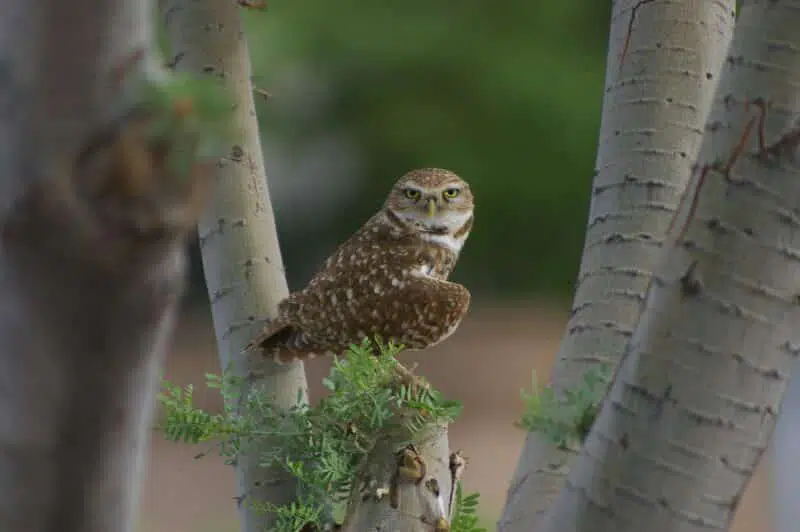Welcome to Animals and Wildlife in Saskatchewan.
If someone visits Saskatchewan, they can easily find animals and wildlife due to the size of Saskatchewan. There are no places for wild animals to hide, so they usually be found roaming around. Mice, squirrels, birds, and deer, can be easily spotted. One can even see bears, snakes, moose, elk, coyotes, and wolves. A wide variety of insects is located in the Saskatchewan region, like flies, moths, wasps, bumblebees, etc.
There is also a wide variety of natural plants found in the Saskatchewan region due to their expansion from the North to the South area and also because of their soil zone. Woodland is located in the northeast area of Saskatchewan.
Click below to jump to any section on animals in Saskatchewan:
Sharped-tailed Grouse
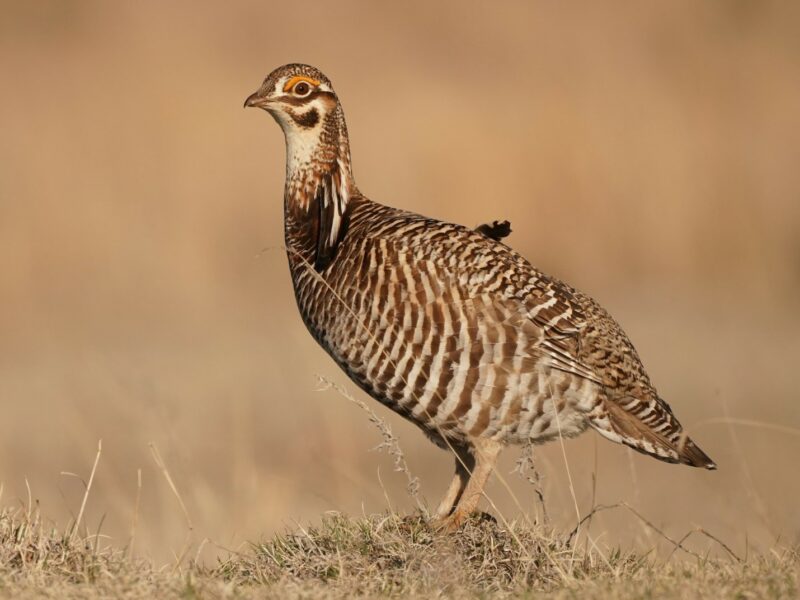
They are medium-sized prairie that is also known as sharp-tail and fire grouse. There are around three species of goose, and out of three, one of Sharp-tailed grouse. They are found in various regions like Alaska, northern & western locations of Canada, and some parts of the United States.
It is also known as the provincial bird of the Saskatchewan region. Adult grouse have short tails, two centered feathers, and are longer from the outer sides. The underpants are light in color, and the belly is white with a V marking. These marks make them different from other chickens and grouse birds and can be easily recognized.
In their eyes, adult males have yellow combs and violet color patches on their necks, and this also helps them recognize and create a difference from other male chickens. Female sharped-tailed gooses are smaller in size than the male ones and have marks near deck feathers which are horizontal in shape.
Males have parallel marks on the feather shafts, and female grouse have less number of combs on their heads, which helps them recognize and create a difference. Now talking about their measurements and size, they are 15-19 inches long, weigh around 596-880 gms, and their wings span is about 62—65 centimeters long. They are mostly found on the ground in the summertime, and in winter, they are found in the trees. In summer, they eat various things like seeds, forbs, leaves, insects, grasshoppers, and buds.
This bird is known as one of the lek bird species. Generally, a lek is an area where all goose comes and displays their behaviors for breeding. These open areas are called leks, with another male goose covering one lek area. In the spring, male geese will come to attend leks from March to July, where April and early May are marked as peak months.
These months and dates can vary according to the weather and environmental changes. Some research also noticed that the leaking gets delayed up to two weeks by some grouse in the North Dakota region. Their habitat also varies in the winter, summer, and breeding seasons, and they keep changing their nets as the season changes.
A place where we can find sharped tailed grouse in the Saskatchewan region:
They can be found quickly throughout the various areas of the Saskatchewan region, like Cypress hills, south part prairies, and dense north forests. They can be found in fields of mixed prairie and areas with fewer prairies. They are found in the summer and the autumn seasons, and their habitats keep changing as the environment changes, so it mato see.
Burrowing Owl
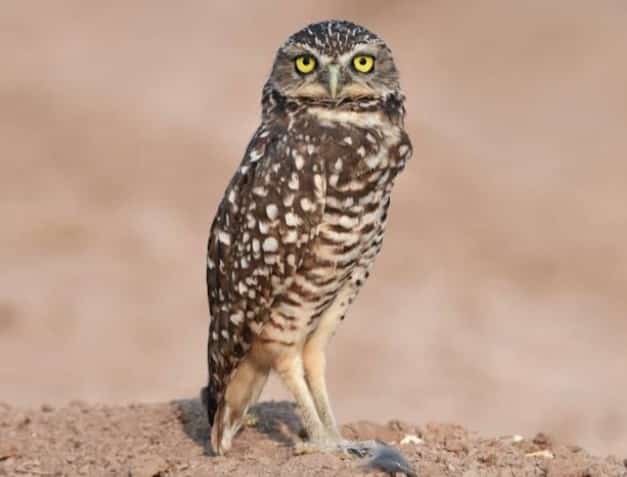
Animals in Saskatchewan: If someone comes to the Saskatchewan region, one must visit the Saskatchewan Burrowing Owl Interpretive Centre in Moose Jas to see a burrowing owl. These species have been marked as endangered since 1995 as their population has kept decreasing since 1995. There is a prairie garden where visitors can see cist to see the Burrowing owl.
They are also found in British Columbia, Manitoba, and Alberta region. Their life span is 3-4 years, with a body side of 23-28 cm tall and 125-185 gm in weight. Their population is significantly less (the actual number is not known), but it is said that its pollution is around 57% as compared to the 1990 year.
Their long, thin legs help them stand straight to see outside. Usually, a male owl comes out of the burrow to see outside, and a female and young owl lie underground; if they find any danger toward them, they sound an alarm to help other owls from trouble and start with short flights with an intruder to protect others and him.
And if the fight will not stop and the intruder keeps attacking them, then the young owl makes a sound like a rattlesnake from the back of the burrow, which helps protect them from an intruder. In the winter (September), they migrate to the United States and Mexico region, and in summer (April month), they come back to Canada.
They usually eat beetles and grasshoppers as these two are their favorite food. They also love voles, toads, carrions, and small birds. Their eggs are white, and a female owl can lay up to six to twelve eggs.
They start moving to the edge of the nest when it becomes crowded with so many bay owls (like two weeks of duration), and they start waiting for food at the edges. After seven to eight weeks, the bay owls become young and start eating alone. The young owls live mainly on the ground or can move to caves where they were born or other shelters.
A place where we can find Burrowing Owl in the Saskatchewan region
They are found in mixed grassland and parkland aspen trees. They can be found in the various areas of Winnipeg, like the east region, west of Calgary, and North of Prince Albert. They can be found throughout the year in the Saskatchewan region. They can also be found in open burrows of other animals or abundant trees.
Olive Sided Flycatcher
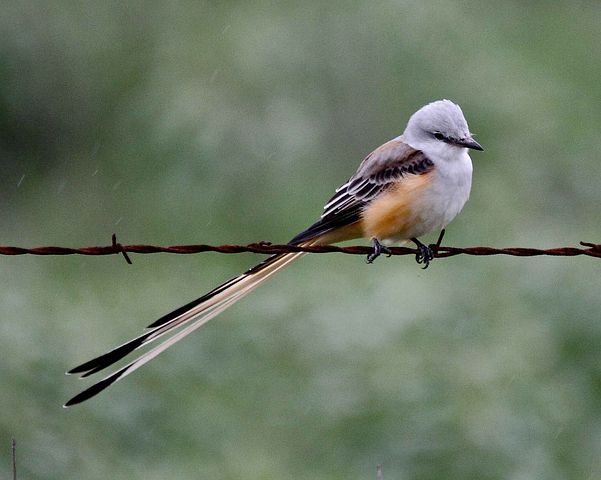
Olive-sided flycatcher bird belongs to the family Tyrannidee. They are small and known as migrant birds, from the southern part of America to the North. They mainly came in during the breeding season, and the breeding season may fall in summer. They are a very flexible flying bird that catches their prey when they fly. Their population keeps decreasing due to changes in the environment and habitat loss; because of this, they are marked near threatened species.
They are also known as songbirds that migrate from North to south. They are tiny compared to American robin birds but are more significant than a common sparrow. They are olive-grey to greyish-brown, and the breast is white.
Their back and wings are olive and can be recognized from this color. The breast sides are grey, which seems like they are wearing a vest. Bill is extended in length, and his wings are to,o as their original size. Both males & females look very identical, so it’s tough to differentiate between the male and female catchers.
They live on the very top of trees on dead branches. They are 18-20 cm in length and weigh up to 28-40gm. Their wingspan is 31.5 – 34.5cm in length. They are similar to other birds like Wood-Pewee, and Phoebe Eastern. But can be recognized with differences in color and weight. Some research shows us that they have fighting behavior near their nest.
They have a very long migration distance; it’s around 7000 miles during migration time from central Alaska to Bolivia. Some research said that climate changes make considerable changes in the habitat of these birds.
They mainly prefer to live on top of long trees, and nowadays, due to environmental changes, long trees’ volumes keep decreasing. Major threats to these birds are the activities by Human beings like road making, building & constructing, converting forests into farmlands, or using those areas for construction purposes, due to which their population keeps on decreasing.
A place where we can find Oliver Sided flycatcher in the Saskatchewan region
They like boreal forests and trees which are tall in length. They prefer to live on the very top of trees. They are found in western redcedar, larch, hemlock, and spruce. They can be seen in their breeding season near the edges of Tundra—a significant part of Animals in Saskatchewan.
Prairie Dog
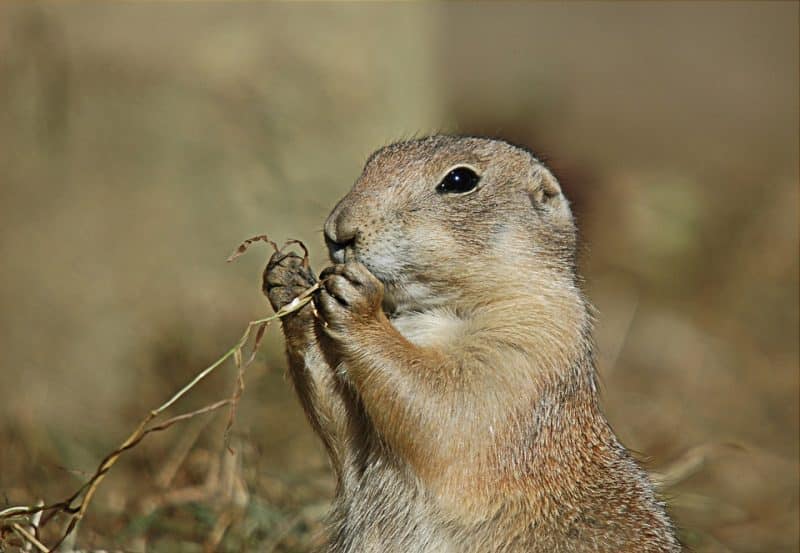
They are found in grassland regions and are herbivorous. They are also known as burrowing mammals, mainly located in grassland regions. This animal has five species: white-tailed, Utah, Mexican prairie, black-tailed, and Gunnison. As for their names, they are not considered actual canines but are known as squirrel species. They are part of the squirrel family. They live in mounds, and other species will use those mounds.
These mounds also helped in the development of grass and topsoil renewal, helping improve the quality of soil with a good amount of nutrients and minerals. A prairie dog plays a vital role in the food chain and the diet of many other animals like eagles, hawks, coyotes, foxes, etc. They use the same field for grazing as other grazing animals like pronghorns, deer, and bison.
They have very complex communication and are not very social with other animals. Their body length is 30-40cm long with a short tail. Their weights can be 0.5 -1.5 kg. During the beading season, males eat more, and female prairie dogs lose weight. Women’s weight is at its lowest point when they are pregnant, and males get tired of breeding.
They are herbivorous and can eat some insects. During the winter, some females or pregnant women use snow in their diet to cover the deficiency of water in the body. Prairie dogs can also eat roots, fruits, and grass
They are found in various regions, so their diet may vary based on the area and habitat. They live at an altitude of 2000 – 10000 ft above sea level. In the summer, they can live up to a 38-degree Celsius temperature, and in winter, at -37 degrees Celsius temperature. Their burrows help control the body temperature as it is 5-10 in the winter and 15-25 in the summer.
A place where we can find Prairie dogs in the Saskatchewan region
They are found at Grassland National Park, in the Southern part of Saskatchewan. Calgary Zoological Society and Summer Park Canada sometimes provide offers to see and research Prairie dogs in Saskatchewan. They are mainly found in the summer as they graze on grassland in the summer but can be seen in the winter as they have an excellent capacity to sustain up t,o -37 degrees Celsius temperature in winter.
American White Pelican
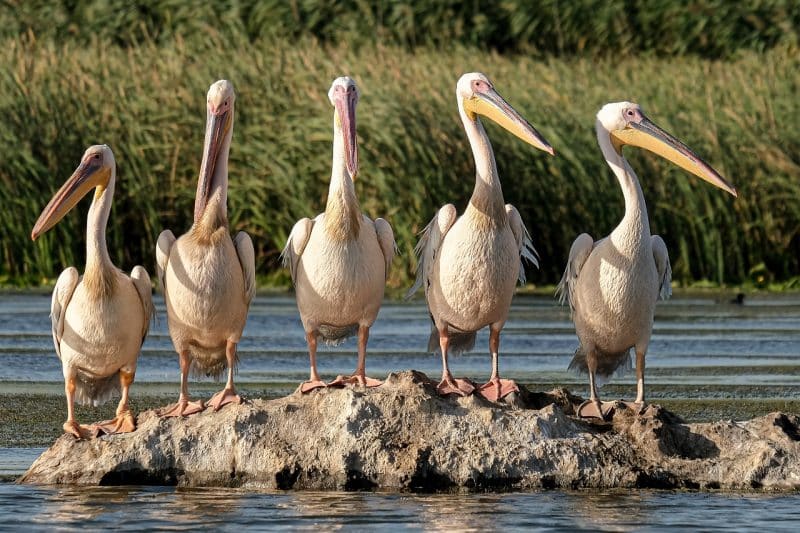
It is known as one of Saskatchewan’s giant soaring aquatic birds. They breed in some interior parts of North America and move from the south to the coasts in the winter season. They are vast and plumpy, around 130-180cm long, with a huge beak. The beak is 290-390mm long for males and about 260-360mm for females.
Wingspan is around 240 -0300cm in length. After the California Condor, it is known as the second largest bird with the second largest wingspan in the North American region; They have around 3.5 -13.6 kg in body weight. The breast feather color is yellow from the start to the end of the breeding season.
The grey is on the upper head region as black feathers grow between the crest. The beak is vast, flat from the top, and has a large throat sack. During the breeding season, it becomes vivid orange and has dead skin near the eyes and feet. Both males and females look similar but vary in size.
Place where we can find American White pelicans in the Saskatchewan region
They are primarily located in the North American region and near the coastal areas in the winter. They create their nest on islands near lakes and rivers, so one can easily find them near the Saskatchewan region.
Summary of Animals and Wildlife in Saskatchewan
Many wild animals are found in the Saskatchewan region, like grizzly bears, bison, wolves, etc. We can see black bears and wolves in the northern part of Saskatchewan. Many birds are in this region, including hawks, songbirds, owls, etc. The first bird sanctuary in North America was created here in Saskatchewan in 1887 at Last Mountain Lake.
Loss of habitat has affected many other animals and species for their survival. Still, we can say that the north part of Saskatchewan is known as one of the most attractive places for hunting as one can find a lot of animals for a hunt or to enjoy sighting.
If you enjoyed this blog, you might be interested in blogs about the Animals in the USA or Wildlife in Wyoming.
Thank you for reading Animals and Wildlife in Saskatchewan.
- Animals and Wildlife in Colorado - April 24, 2024
- Best Places to see Sloths - April 24, 2024
- Where to See Alligators in the Wild - April 24, 2024

